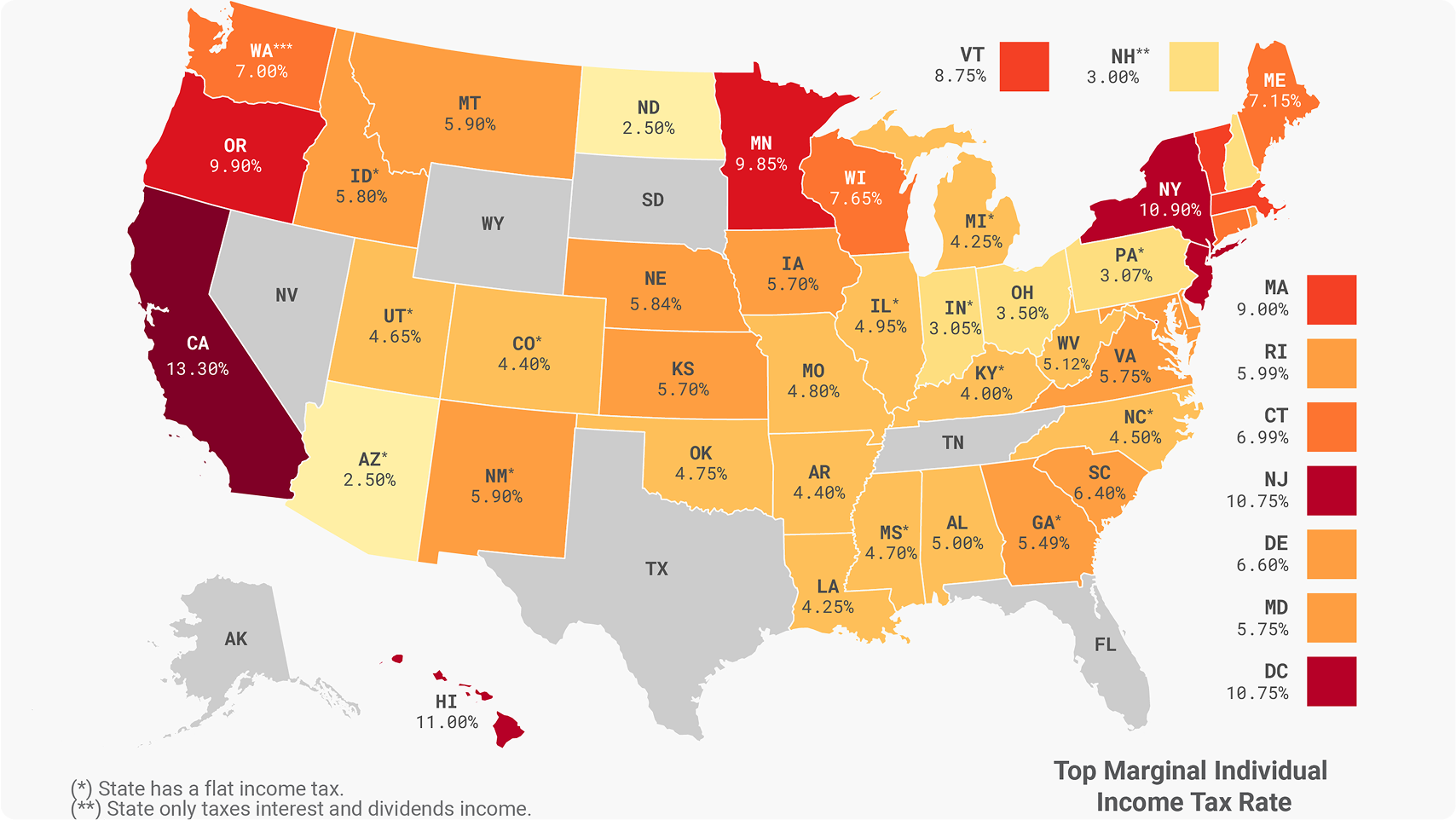As the debate over tax policy heats up in Washington, Senate Republicans are pushing to make the 2017 Trump tax cuts permanent. While supporters argue that extending the tax cuts will provide economic stability and prevent tax increases for millions of Americans, critics warn that it could trigger a “debt spiral,” worsening the already massive federal deficit. According to estimates from the Congressional Budget Office (CBO), making these tax cuts permanent could add $4.6 trillion to the national debt over the next decade, raising alarms about long-term fiscal sustainability.
What’s at Stake? A Look at the 2017 Tax Cuts and Jobs Act
The Tax Cuts and Jobs Act (TCJA), signed into law by former President Donald Trump, significantly reduced tax rates for individuals and businesses. The law lowered the corporate tax rate from 35% to 21%, a change that was made permanent. It also reduced individual income tax rates, with the highest bracket dropping from 39.6% to 37%, and doubled the standard deduction, making it $12,000 for single filers and $24,000 for married couples. The Child Tax Credit was expanded, providing greater financial relief for families, while the State and Local Tax (SALT) deduction was capped at $10,000, a move that disproportionately affected high-tax states. However, while corporate tax cuts were made permanent, most individual tax breaks were set to expire in 2025, creating the current debate over whether to extend them.
Supporters Argue Extension Benefits the Economy
Proponents of the extension argue that making these tax cuts permanent would prevent a tax increase for middle-class families, many of whom have benefited from lower rates and expanded deductions. They believe that maintaining lower tax rates will encourage job growth and investment by ensuring a favorable tax environment for businesses. Supporters also contend that the tax cuts have provided economic stability, allowing taxpayers and businesses to plan for the future without uncertainty. By keeping tax rates low, they argue that consumer spending will continue to rise, fueling economic growth and strengthening the overall economy.
Republicans have framed the issue as a choice between economic growth and higher taxes, asserting that failing to extend the cuts would result in millions of Americans facing a tax hike. They also claim that the economic activity generated by the tax cuts will help offset the revenue losses over time, mitigating the overall impact on the federal budget.
Critics Warn of a Dangerous ‘Debt Spiral’
On the other hand, critics, including many Democrats and fiscal policy analysts, warn that making the TCJA permanent would lead to unsustainable deficits and force painful cuts to essential government programs. The Congressional Budget Office projects that extending these tax breaks would add $4.6 trillion to the federal deficit over the next decade, exacerbating an already concerning national debt that currently stands at $34 trillion.
Opponents of the extension argue that the tax cuts primarily benefited high-income earners and large corporations while offering only modest relief to middle-class families. They contend that preserving these cuts would ultimately require reductions in critical public services, such as Social Security, Medicare, and infrastructure investments. Additionally, they warn that allowing tax cuts for the wealthiest individuals to remain in place would worsen economic inequality, placing a heavier burden on working-class and lower-income Americans.
Some economists caution that while tax cuts can stimulate short-term growth, their long-term effects on government revenue could be detrimental. Without sufficient revenue, the government may be forced to make difficult trade-offs, such as reducing funding for education, healthcare, and other social programs, in order to manage the growing deficit.

The Political Battle Ahead
The debate over making the Trump tax cuts permanent is shaping up to be a central issue in the 2024 elections. While Republicans in Congress largely support an extension, some Senate Republicans have expressed concerns about the impact on the deficit. Meanwhile, Democrats are expected to push for a compromise that extends only middle-class tax cuts while allowing corporate and high-income tax breaks to expire.
Potential compromises being discussed include extending tax cuts for households earning under $400,000 while increasing tax rates for wealthier individuals. Another possibility is revising corporate tax rates to recover some of the lost revenue, along with lifting the SALT deduction cap, which has been a contentious issue for taxpayers in high-cost states.
Conclusion
The fight over making the Trump-era tax cuts permanent reflects a broader debate about America’s fiscal future. While supporters see it as a way to protect taxpayers and boost the economy, critics warn that it could push the country deeper into a debt crisis, forcing difficult financial trade-offs. As lawmakers in the Senate and House negotiate, taxpayers should stay informed about how potential changes could affect their financial future. With 2025 fast approaching, the decisions made in Washington will have long-lasting consequences for millions of Americans.



























